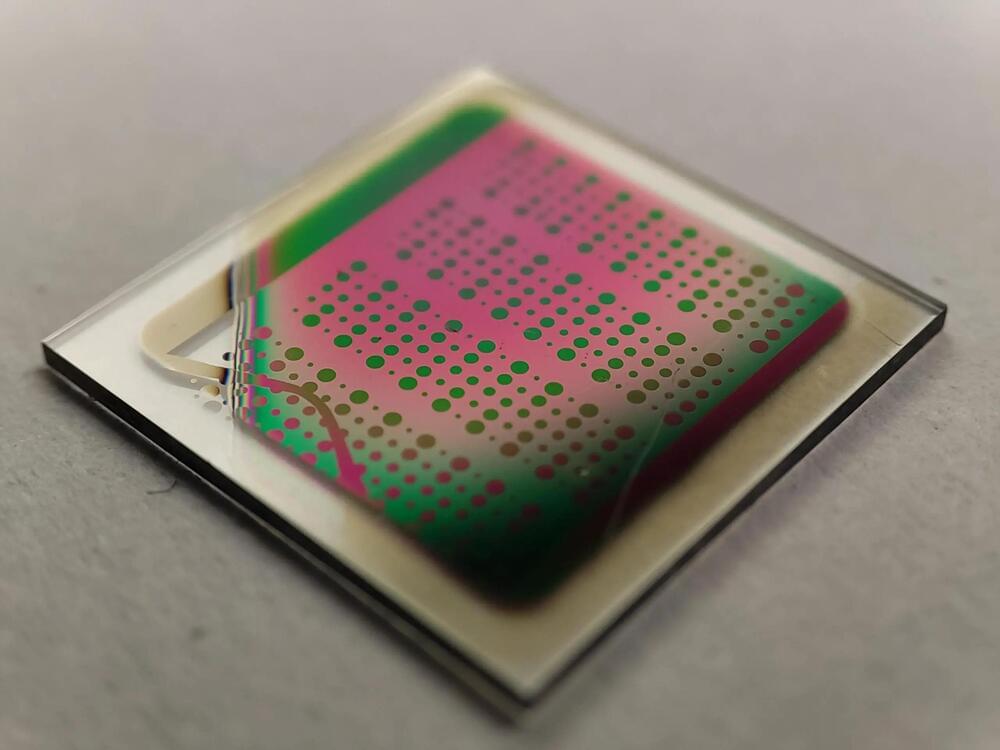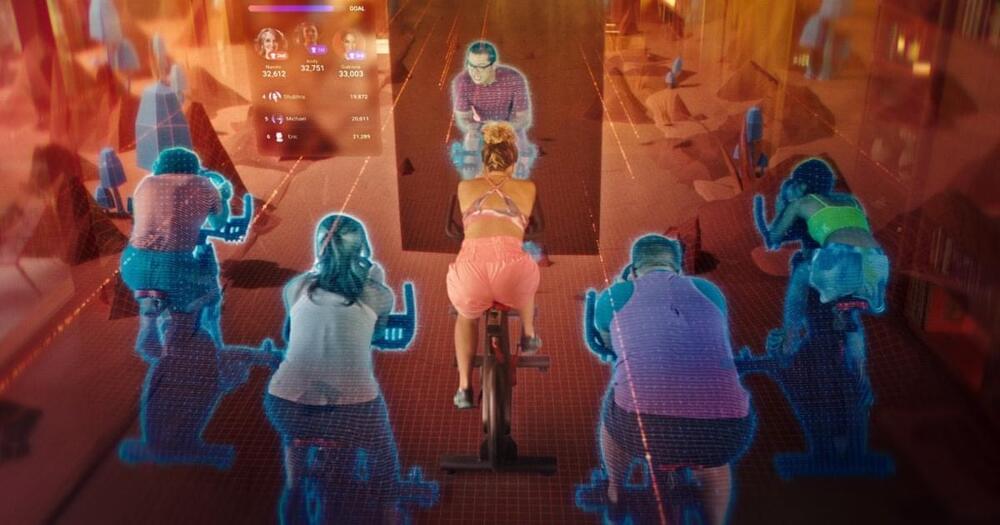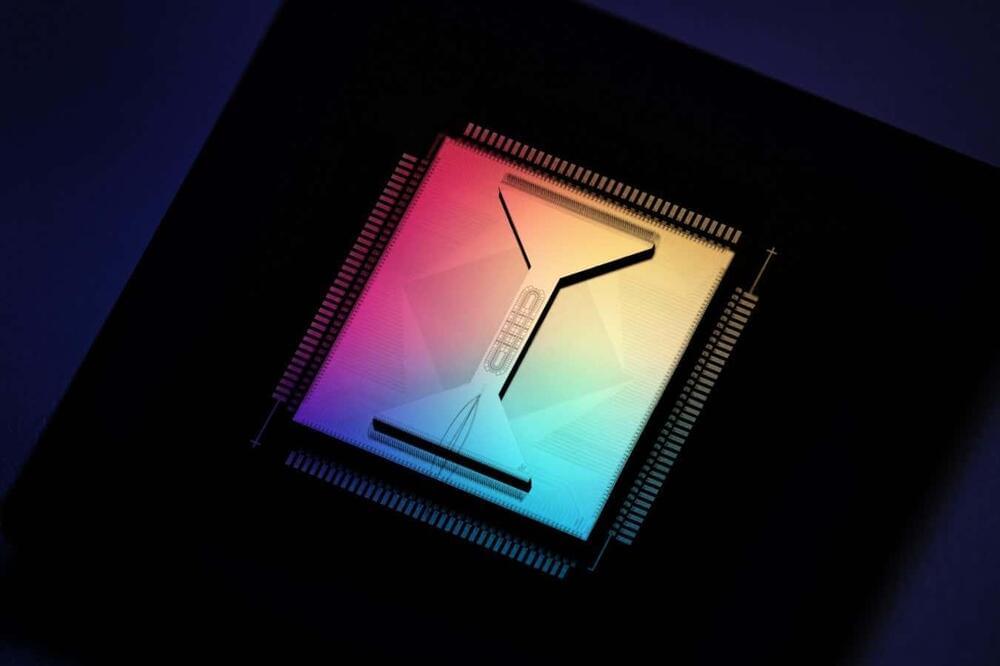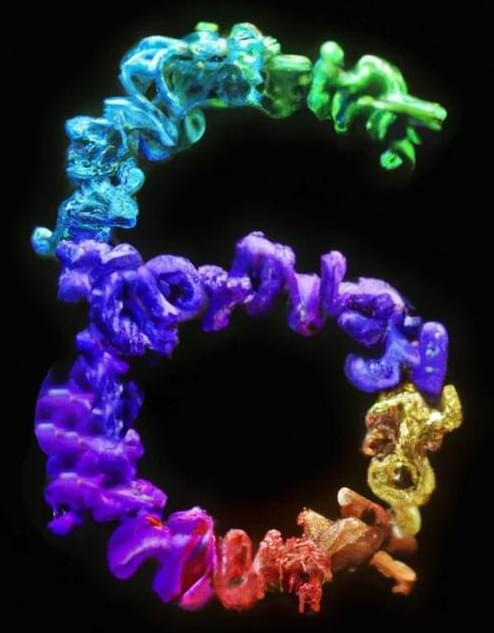It looks like a science experiment. And in some ways, it is. But Quantinuum’s new computer is commercially available and already has customers.



Researchers at TU Wien (Vienna) have developed a groundbreaking oxygen-ion battery, which boasts exceptional durability, eliminates the need for rare elements, and solves the problem of fire hazards.
Lithium-ion batteries, while commonplace in today’s world – powering everything from electric vehicles to smartphones – aren’t necessarily the optimal solution for all applications. Researchers at TU Wien have made a breakthrough by creating an oxygen-ion battery that offers several significant advantages. While it may not match the energy density of lithium-ion batteries, its storage capacity doesn’t diminish irreversibly over time, making it capable of an exceptionally long lifespan as it can be regenerated.
Moreover, the fabrication of oxygen-ion batteries doesn’t require scarce elements and involves non-combustible materials. The innovative battery concept has already led to a patent application, filed in collaboration with partners in Spain. These oxygen-ion batteries could provide an outstanding solution for large-scale energy storage systems, such as those required to hold electrical energy from renewable sources.
Times of 0–60 mph simply aren’t enough when you get into the peak-performance, hypercar segment of electric vehicles. The Rimac Nevera has already done an excellent job demonstrating that it’s one of the highest-performing vehicles on the planet, but any doubt should now be dissolved as the electric hypercar smashed through 23 performance records – in just a single day, a record in it of itself.
Since its founding in Croatia in 2009, Rimac Automobili has been developing some of the most exciting and technologically advanced electric hypercars. Rimac’s first EV, the Concept_One, was introduced in 2016 and is considered one of the world’s fastest production vehicles at the time, although its production consisted of a mere eight vehicles.
Rimac’s Concept_Two debuted in 2018 and eventually evolved into its production form, renamed the Nevera. As EV enthusiasts, the Nevera represents much of the potential of electric hypercars, which can significantly outperform ICE counterparts without any emissions.

Scientists have typically used precious metal catalysts, such as platinum to accelerate the separation of water into hydrogen and oxygen. The Curtin team found that by adding nickel and cobalt to cheaper catalysts, they could enhance their performance, making them worth exploring as a commercially viable alternative. The researchers published the results of their findings in the journal Nano Energy.


CATL, a Chinese battery manufacturer, has created a condensed battery that it says could help power electric aircraft while meeting the required safety and energy standards.
The company claims the battery’s energy density is 500 watt-hours per kilogram, making it much more robust than it looks. This means that the battery can push out more power from a lighter component than the current options.
The belief is that condensed batteries will open the door to improved power systems for both electric cars and even the aviation field. Finding more efficient ways to handle power generation while also remaining lightweight is essential for both these fields, especially as electric cars try to offer longer ranges.

It’s a bold move. Let’s see if it works out.

Particles with unusual properties called anyons have long been sought after as a potential building block for advanced quantum computers, and now researchers have found one – using a quantum computer.
By Alex Wilkins

Last week, US-Israeli startup SIRTLab announced the appointment of leading geroscience researcher Nir Barzilai as its Chief Medical Adviser. The company is focused on the development of therapeutics that boost levels of a key protein called sirtuin 6 (SIRT6), which is heavily implicated in longevity.
Sirtuins are a group of proteins found in all living organisms, including humans, that play a vital role in regulating various cellular processes. There are seven different types of sirtuins, numbered from SIRT1 to SIRT7, each with its own unique functions. In recent years, SIRT6 has gained particular attention for its potential role in promoting healthy aging, and SIRTLab has put the protein at the center of its work.
Longevity. Technology: The SIRT6 protein has been shown to regulate several critical cellular pathways, including glucose metabolism, DNA repair and inflammation – all of which play key roles in aging and longevity. One of the world’s leading authorities on SIRT6 is SIRTLab co-founder and Bar-Ilan University professor Haim Cohen, whose research is behind the company’s work to develop therapeutics with longevity-boosting potential. To learn more about SIRTLab’s longevity-first approach, we spoke to its co-founder and CEO Boaz Misholi.